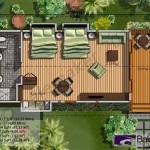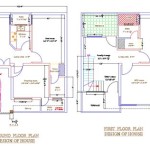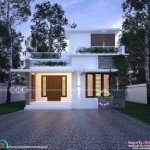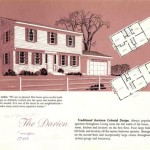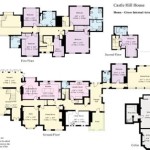Essential Aspects of a Comprehensive Design Plan for Your Home
Designing a home is an exciting but complex endeavor that requires careful planning and attention to detail. To create a home that is both aesthetically pleasing and functional, it is essential to develop a comprehensive design plan that addresses all aspects of the project. Here are some key elements to consider:
1. Space Planning
The foundation of any successful design plan is well-thought-out space planning. This involves determining the optimal layout for each room, ensuring that it flows smoothly and meets the needs of the occupants. Consider the purpose of each space and how it will be used, and prioritize areas that require the most attention, such as the kitchen, living room, and bedrooms.
2. Color Scheme and Finishes
The color scheme and finishes play a significant role in shaping the overall aesthetic of your home. Choose colors that complement each other and create a cohesive look throughout the space. Consider the natural light available and how it interacts with different colors. Opt for finishes that are durable, easy to maintain, and align with the desired style, whether it be modern, classic, or somewhere in between.
3. Lighting
Lighting is crucial for both functionality and ambiance. Incorporate a combination of natural and artificial light sources to create a well-lit space that enhances different areas of the home. Natural light can be maximized through large windows and skylights, while artificial lighting can be used to accentuate specific features or create a cozy atmosphere.
4. Furniture and Decor
Furniture and decor add personality and functionality to your home. Select pieces that are comfortable, stylish, and appropriate for the space. Consider the scale and proportion of furniture in relation to the size of the room, and choose items that reflect your personal style and create a harmonious overall look.
5. Textiles and Textures
Textiles and textures add visual interest and depth to a space. Incorporate a variety of fabrics, such as curtains, rugs, and upholstery, to create a layered and inviting ambiance. Mix and match different textures to create a sense of balance and interest.
6. Outdoor Spaces
Outdoor spaces can extend the functionality of your home and create a seamless connection between the interior and exterior. Consider the layout and design of your patio, balcony, or garden, and incorporate elements such as seating areas, lighting, and landscaping. Outdoor spaces should be designed to complement the style of your home and provide an additional sanctuary for relaxation and entertainment.
7. Sustainability
Sustainability is an important aspect to consider in any design plan. Choose materials and fixtures that are environmentally friendly and reduce energy consumption. Consider incorporating natural ventilation, energy-efficient appliances, and renewable energy sources to minimize the environmental impact of your home.
Conclusion
Developing a comprehensive design plan is essential for creating a home that is both aesthetically pleasing and functional. By carefully considering each of these aspects, you can create a space that reflects your personal style, meets your needs, and enhances your overall well-being. Remember to seek the guidance of a professional designer if needed to ensure a cohesive and successful outcome.

House Plans How To Design Your Home Plan

Small House Design 2024005 Pinoy Eplans Modern Plans Floor

Floor Plans Types Symbols Examples

Small House Design Shd 2024007 Pinoy Eplans One Y Bungalow Plans Floor

House Plan Designing Service At Rs 2 Sq Ft In Bhopal Id 26673942673

Top 5 Modern House Plans With Photos Floor Archid

22 House Design With Floor Plans You Will Love Simple Two Story Beautiful Designs Exterior

House Plans How To Design Your Home Plan

Home Plan House Designers In Bangalore Buildingplanner

Small House Plans Popular Designs Layouts

